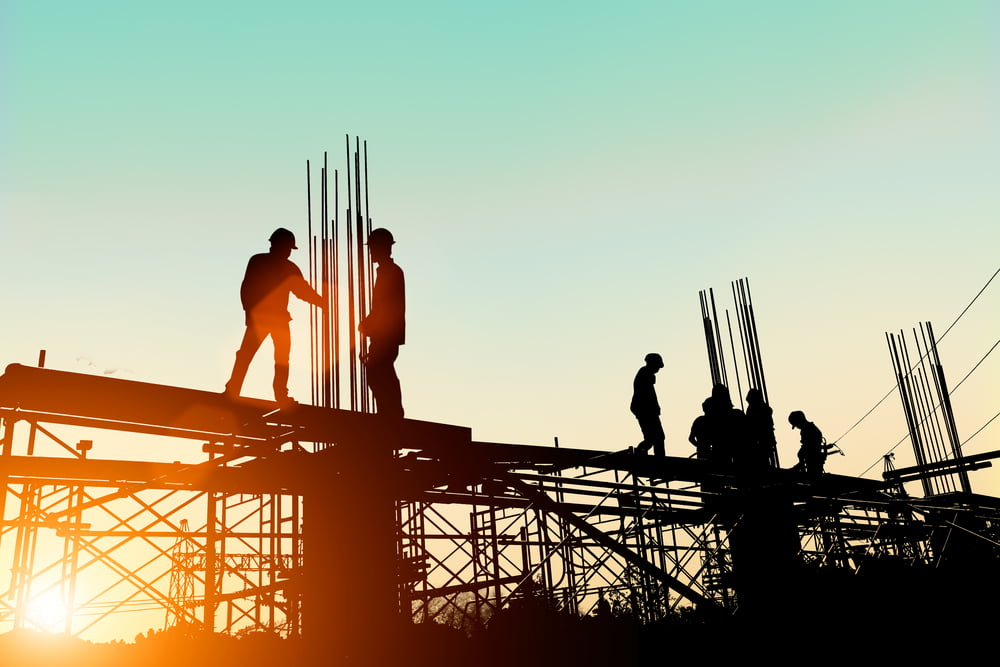
The latest RLB Crane Index for Q3 2024 reveals a significant transformation in Australia’s construction industry, with non-residential projects gaining momentum while residential development experiences a decline.
The number of residential cranes across Australia has dropped from 535 to 493 over the past six months, indicating a slowdown in residential construction activity.
This decrease has led to a substantial fall in the residential index, suggesting that project completions are outpacing new construction starts in many areas.
In contrast, the non-residential sector has shown robust growth, with an increase of 36 cranes over the same period, bringing the total to 370.
This surge has propelled the non-residential index to a record high of 322 points, the highest since its inception in 2015.
The expansion in non-residential projects reflects changing urban development priorities and a strong focus on commercial and infrastructure development.
Sydney remains the epicentre of construction activity in Australia, with 387 cranes. The western region of Sydney has shown the most significant growth, now home to 108 cranes, up from 95 six months ago.
Melbourne has experienced dramatic changes, with residential cranes plummeting from 107 to 81. However, non-residential projects have become the key area of construction activity, particularly in infrastructure, civil, and data centre projects.
South East Queensland has recorded net losses in crane numbers, particularly in Brisbane and the Sunshine Coast. The Gold Coast, however, continues to see an increase in crane numbers, setting a new regional record with 62 cranes.
Other major cities including Perth, Adelaide, and Canberra have seen limited changes in their crane counts, with slight improvements across both residential and non-residential construction sectors.
Sector-Specific Trends
- Mixed-Use Developments: Continue to be the second most active sector after residential, reflecting the growing popularity of projects that combine residential spaces with retail, office, or hotel facilities.
- Civil Construction: Has seen the greatest increase in cranes over the last six months, up by 11, indicating strong investment in infrastructure across the country.
- Civic, Commercial, and Data Centres: These sectors have also shown growth in crane numbers, highlighting the changing face of projects across Australia.
- Aged Care and Education: Despite apparent demand, these sectors have seen minimal positive change in crane numbers, suggesting a potential need for increased focus on these vital social infrastructure sectors.
The shift towards non-residential projects, particularly in infrastructure and civil construction, suggests a focus on improving urban infrastructure to support Australia’s growing population.
However, the limited growth in sectors like aged care and education may present challenges and opportunities for future development.
As the construction landscape continues to evolve, investors and developers may find new opportunities, particularly in sectors like retail and hospitality, where limited new supply projects are currently underway.














